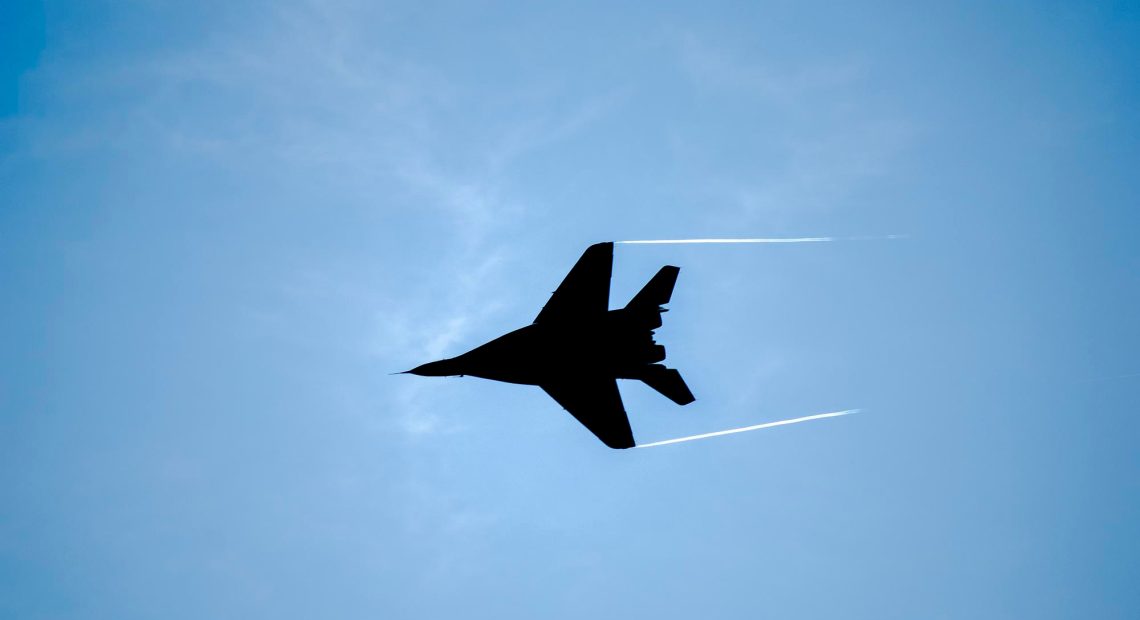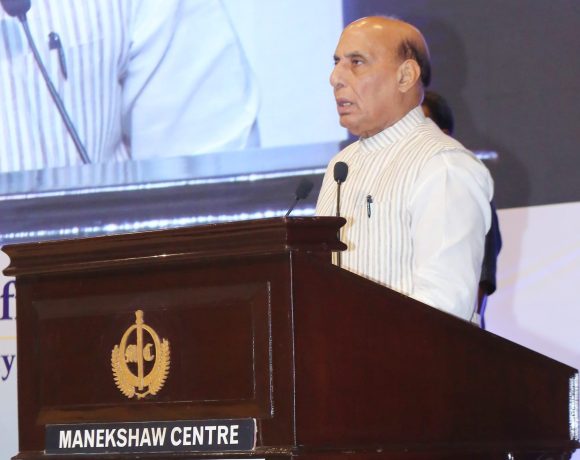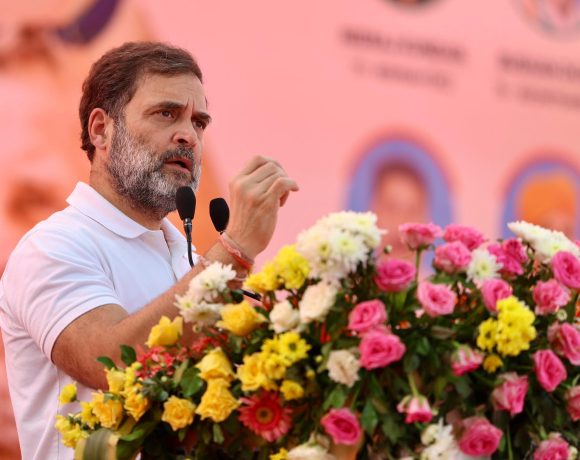
India Bolsters Defense Capabilities with ₹2,500 Crore Contracts for Advanced Weaponry and Vehicles
In a major push to strengthen India’s military readiness and promote indigenous defense manufacturing, the Ministry of Defence has signed contracts worth approximately ₹2,500 crore for the procurement of critical defense equipment. These contracts include the acquisition of the tracked version of the Nag Missile System (NAMIS) and 5,000 light vehicles to enhance the mobility and firepower of the armed forces.
Nag Missile System (NAMIS)
A contract valued at ₹1,801.34 crore has been finalized for the procurement of the Nag Missile System, a third-generation fire-and-forget anti-tank guided missile. The system, mounted on a tracked armored carrier, is designed to destroy heavily armored enemy tanks at extended ranges. Equipped with advanced target acquisition and night-fighting capabilities, NAMIS is expected to significantly improve the Indian Army’s effectiveness in mechanized warfare. The system’s indigenous design also reflects India’s growing self-reliance in advanced weapons development.
Procurement of 5,000 Light Vehicles
In a separate agreement, the Ministry of Defence has contracted leading Indian automotive firms for the supply of 5,000 light vehicles. These multi-utility platforms, designed with higher engine capacity and payload capability of 800 kilograms, are built to operate in diverse and rugged terrains. The vehicles will enhance logistical efficiency and troop mobility, offering greater operational flexibility across varied combat and non-combat scenarios.
Focus on Indigenous Manufacturing
Both procurements fall under the ‘Buy (Indian – Indigenously Designed, Developed, and Manufactured)’ category, in line with the government’s Aatmanirbhar Bharat (Self-Reliant India) initiative. The contracts are expected to significantly boost domestic defense production, stimulate the MSME ecosystem through component manufacturing, and generate substantial employment. They also mark a crucial step in reducing dependency on foreign defense imports and developing homegrown solutions for India’s military needs.
These strategic acquisitions not only reinforce the operational capabilities of India’s armed forces but also symbolize a larger national commitment to empowering local industries and achieving long-term defense self-sufficiency.


















